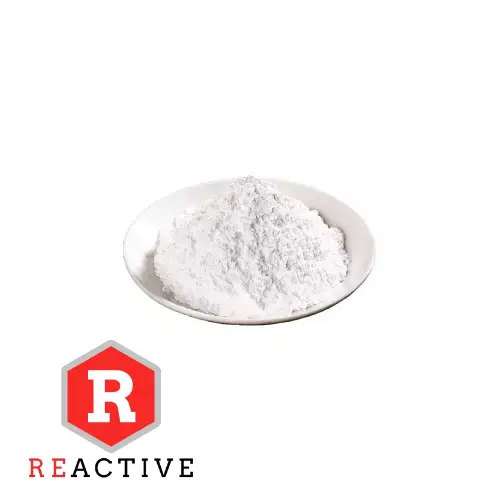Reactive magnesium oxide is familiar to everyone, the activity degree is very high, the size of the activity is an important physical and chemical properties of magnesium oxide, and it is also an important indicator of magnesium oxide. Determination of reactive magnesium oxide has aqueous method, conductivity method, iodine adsorption method, citric acid method, etc., and its methods have their own advantages and disadvantages, but the aqueous method is the basis, the accuracy is recognized. So how are the elements in reactive magnesium oxide tested? Come together to learn.
1. Determination of calcium oxide content
We use EDTA complexation titration method, add excess potassium hydroxide solution to make magnesium ions precipitate completely, at this time the solution pH should be greater than 12, and then add fluorescein – thymolphthalein phthalein mixed indicator, with 0.025mol/LEDTA complexation titration. China’s chemical industry standards for the determination of calcium oxide content using EDTA complexation titration, with triethanolamine as a masking agent, with sodium hydroxide solution to adjust the solution pH is greater than 12, the use of calcium reagent sodium carboxylate salt indicator, with 0.02mol/LEDTA complexation titration. Compared with the two methods, the lye and indicator are different, the industry is now commonly used in the industry “industrial light magnesium oxide” industry standards for the determination of calcium content, the determination of accurate results, simple operation, the end point is easy to observe.
2. Determination of hydrochloric acid insoluble substance content
China’s chemical industry standards in the determination of hydrochloric acid insolubles as follows: weigh 5g sample, add hydrochloric acid dissolved, filtered, washed, the residue at 850 ℃ ~ 900 ℃ burned to constant weight. The Russian standard is the same as the industry standard except that the burning temperature is set at 800℃~900℃. Comparison of the above two methods, the industry standard for burning temperature range is narrower, the method is more scientific.
3. Determination of iron content
The use of o-phenanthroline spectrophotometric method, is the international standard and China’s national standard for measuring iron content of the common method, the method is accurate and reliable results.
4. Determination of trace manganese content
Determination of trace manganese content can be used spectrophotometry and atomic absorption spectrophotometry two methods, both methods can meet the needs of analysis, atomic absorption spectrophotometry than the spectrophotometric method is simple to operate, but the use of large analytical instruments.
5. Determination of chloride content
China’s industry standards provide for the use of mercury, the Russian standard used in the return titration method, first add a certain amount of excess silver nitrate standard solution, ferric ammonium alum as an indicator, with ammonium thiocyanate standard solution back to the titration, the operation of the method is more cumbersome. In the determination if you can use the direct titration method, generally do not use the return titration method, because the return titration method for a long time, the steps are cumbersome, caused by the error is also greater than the direct determination method.
6. Determination of loss on burning
China’s chemical industry standards require weighing 1g sample, in 850 ℃ ~ 900 ℃ burning to constant weight. Determination of bulk density, China’s chemical industry standards provide for the use of bulk density tester for determination. The Russian standard method is: the sample is placed in a measuring cylinder, and the bulk density is calculated by weighing the weight and measuring the volume. In comparison, the method stipulated in the industry standard is more convenient to operate, and the method stipulated in the chemical industry standard is used in this standardization.
Author: Tigress.cc

